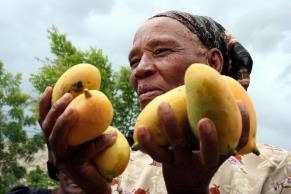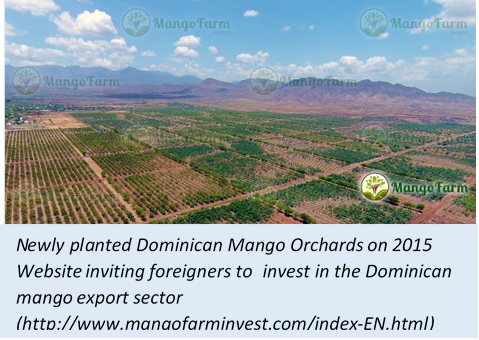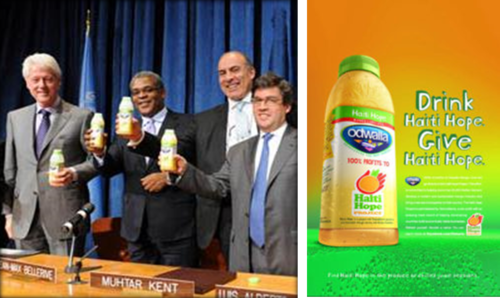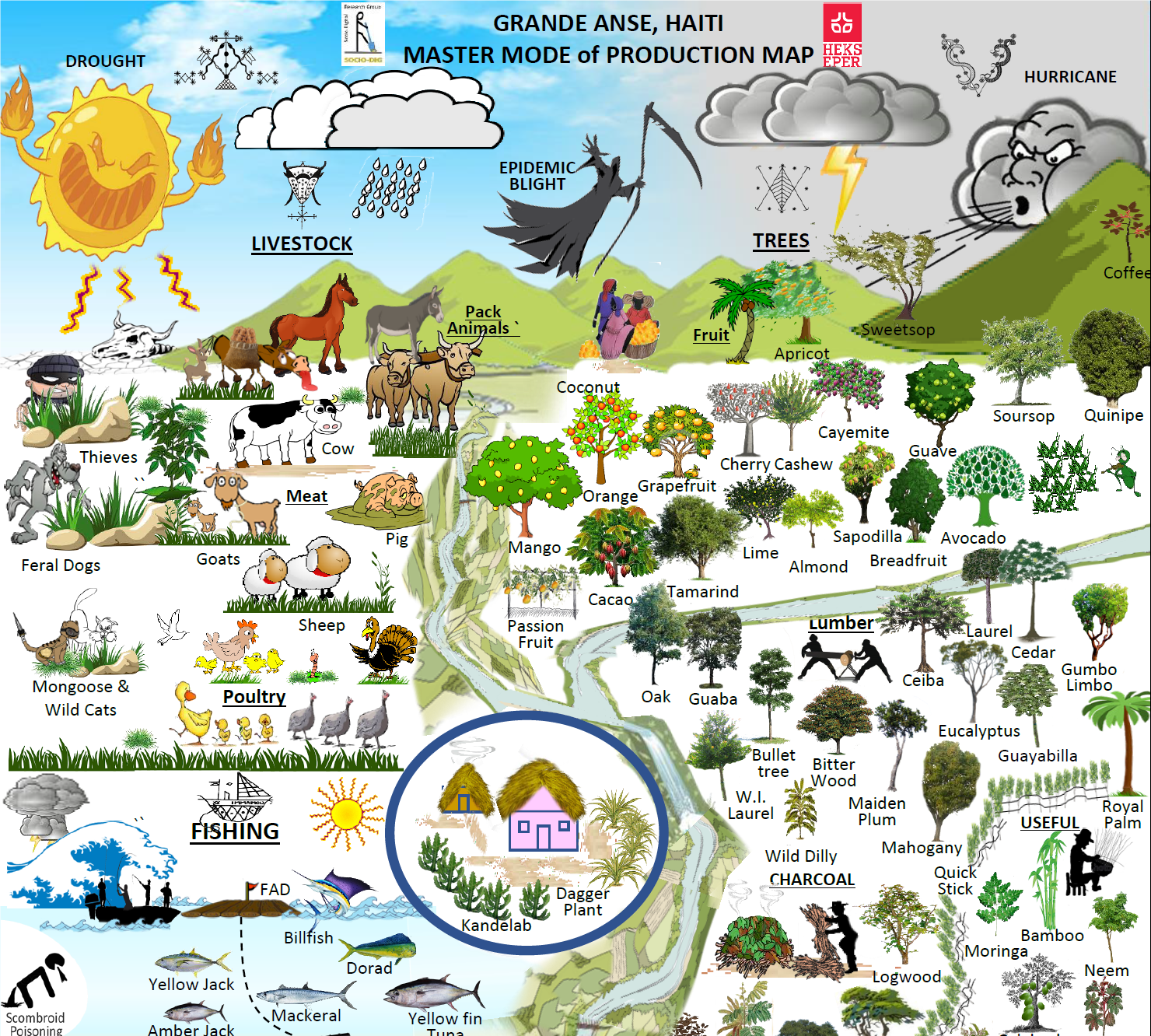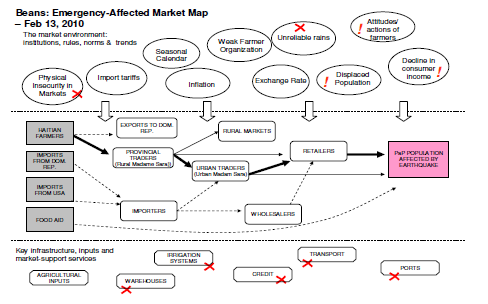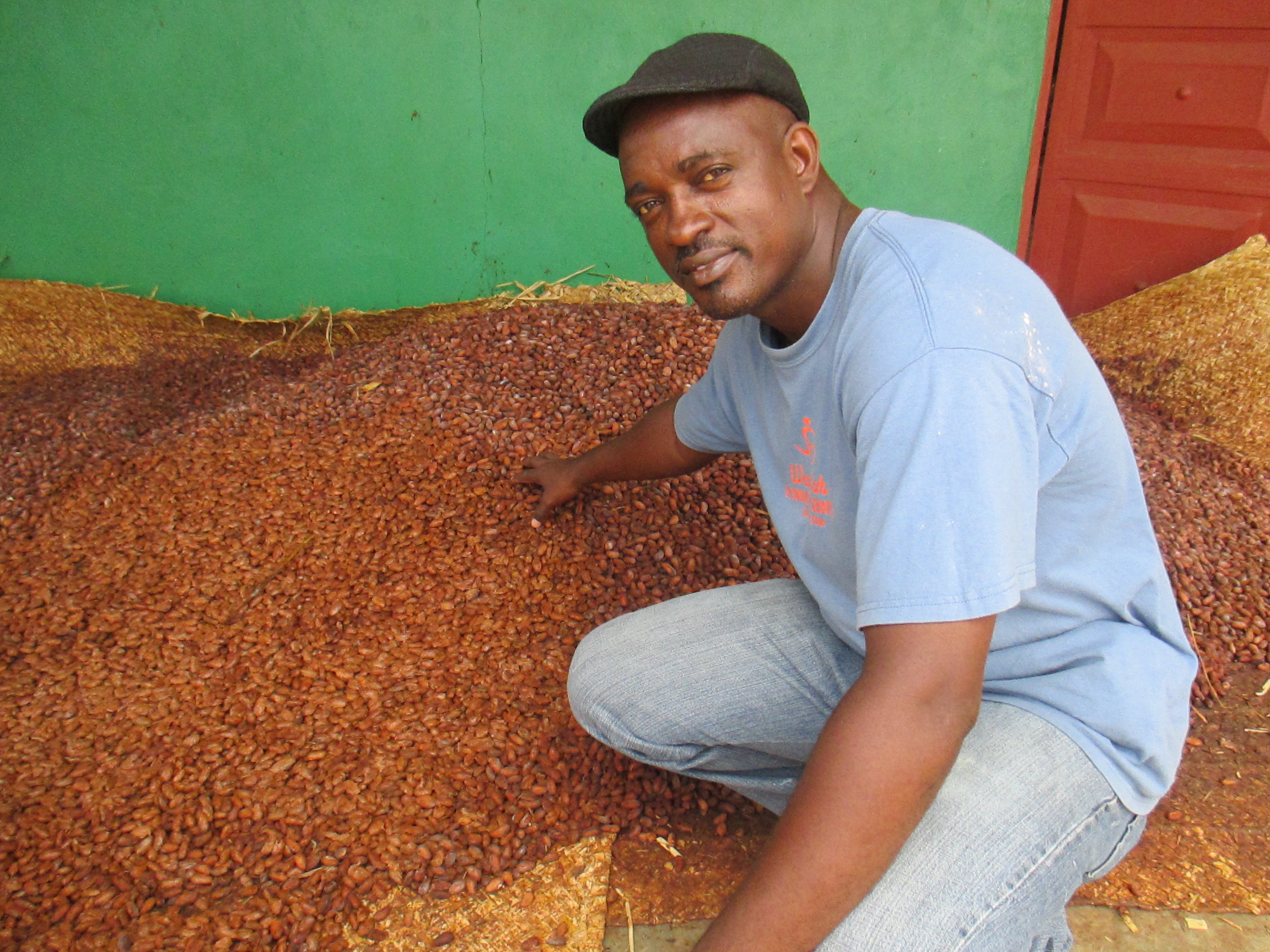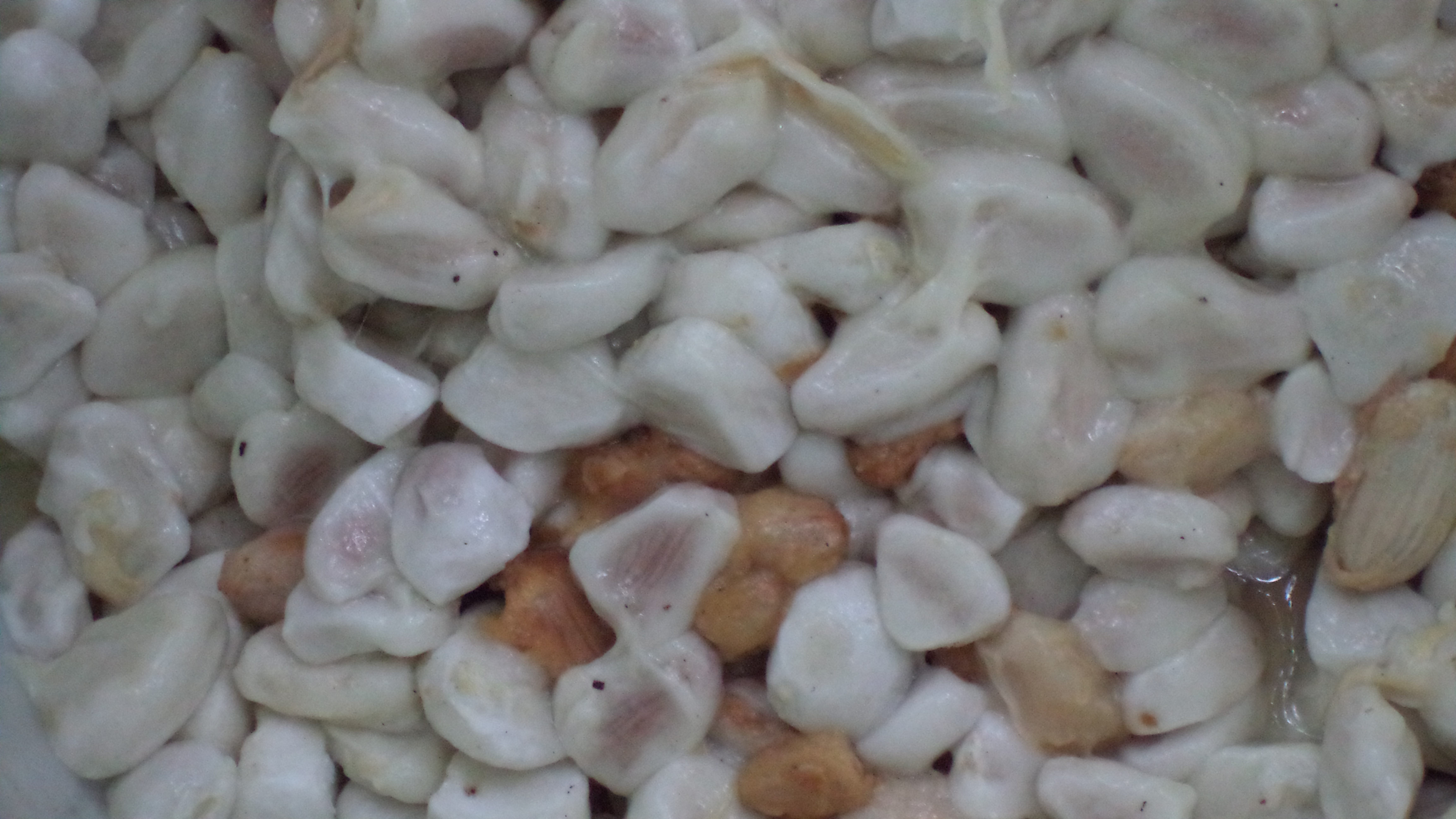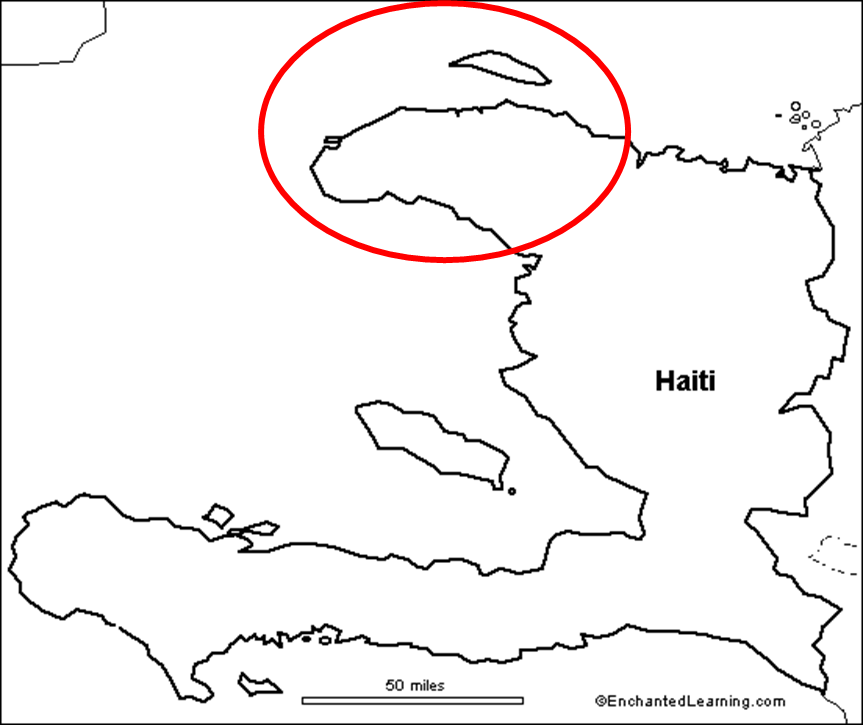The Travesty of Haiti Hope and Haiti’s ANEM Mango Cartel: Part II
An illustration of how dysfunction ANEM is but how it’s members relish aid and support from international donor community came after the 2010 Haiti earthquake when USAID, Coca Cola, and IDB funded the Haiti Hope project, investing $10 million in the mango sector for the period 2010 to 2015. The donors and ANEM claimed theRead More
Haiti Hope Gender Travesty
In this paper I take a look at how NGO use of “asosyasyson”–what might better be called cooperatives–have probably hurt the economic autonomy of rural Haitian women. Specifically I look at USAID/Coca Cola/IDB funded Haiti Hope Mango project. The project was implemented by TechnoServ. I don’t mention it here, but we’ve observed a similar phenomenonRead More
Travesty of the Haiti vs. Dominican Mango Industry
While Haiti absorbed some US $120 million of investments in the mango sector and did not significantly increase mango exports, the Dominican Republic created a mango export industry. In 1989 they only had 1,250 hectares planted in orchards. By 2006 that figure had tripled to 4,400 hectares. As for exports, they went from 8,222 boxesRead More
Coca Cola Mango Travesty
In 2010, the Coca Cola company helped initiate a project called Haiti Hope: a USAID, IDB, and Coca Cola joint venture that aimed to increase mango production and export. It was different than all preceding Haiti mango projects in that it was founded on the “Hope” that there would be an immediate and dramatic increaseRead More
Resiklaj Digital (Digital Recycling) and a MOP (Mode of Production) Map for Rural Haiti
The imaga above–and the fuller version below–is an example of what we are calling “resiklaj dijital.” The idea first occurred to me when I was working with an organization called Ethical Fashion Initiative. Like the artisan genre from which we got the name (resiklaj), resiklaj digital involves, salvaging, cutting, and collating any medium we canRead More
Methods: A Brief Critique of a Very Useful Technique: the EMMA
A Brief Critique of a Very Useful Technique: the EMMA (Emergency Market Map Analysis) An Emergency Market Map Analysis (EMMA) is a decision making strategy that early responders use in the wake of disasters such as earthquakes and hurricanes. First developed by Lili Mohiddin and Mike Albu (2008) for Oxfam, the EMMA strategy involves gathering dataRead More
Cacao Value Chain Survey Report (Root Capital 2013)
This document describes a cocoa (cocoa) producer survey of a 201 households. The survey was conducted in the Department of the Grand Anse, Haiti. The study responds to a tender from Root Capital for an investigation into cocoa production in three Grand Anse communes (counties): Dame-Marie, Anse d’Hainault, and Chambellan. Haiti_Cacao_Baseline_10_14_2014
Cacao in Haiti Surveys and Report (CRS 2014)
The research presented in this document was commissioned by CRS. The research was conducted under the auspices of Socio-Dig, a Haiti-based research company. The report is a baseline for the project, “Creating Alliances In Cocoa For Improved Access And Organization In Haiti.” The project was designed and funded by the International Development Bank with the goalRead More
Eggs in Haiti Surveys and Report (FCA 2015)
This report–commissioned by Finland Church Aid (FCA) and carried out under the Socio-Dig, a Haiti-based research company–focuses on egg production in Haiti with an emphasis on popular class rural household livelihood strategies. The study ultimately addresses the question, if equipped with the proper technological resources and financial support, could these households provide significantly more eggsRead More
North West Haiti Surveys and Report (IFAD 2015)
The objective of this annex was to provide the UN agency IFAD‘s with an entry point for understanding the production and marketing strategies among the targeted beneficiaries in North West, Haiti. There are some 700,000 women, men, and children in the Department of the North West and the commune of Anse Rouge. The majority liveRead More

